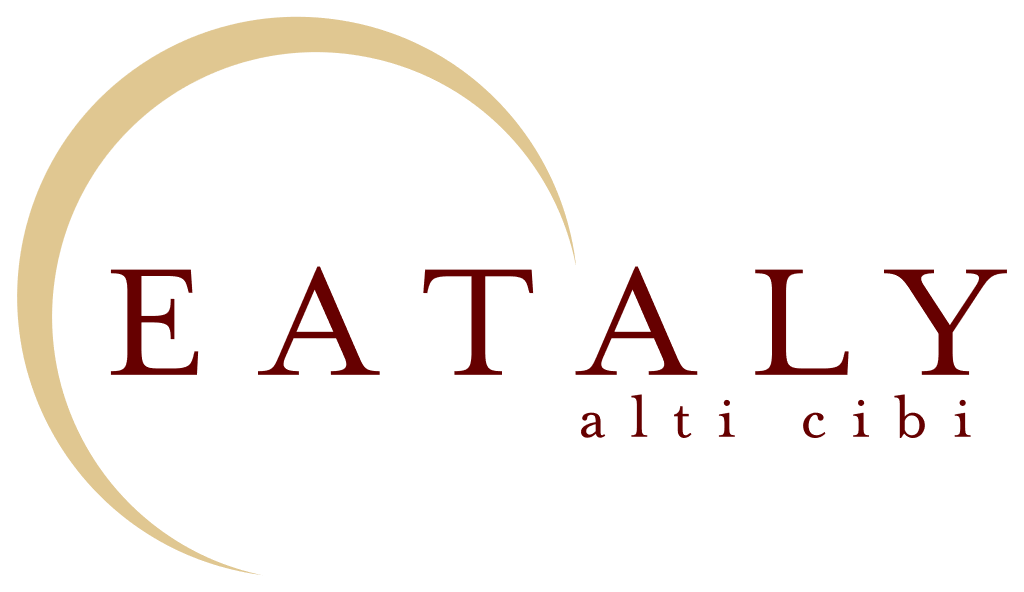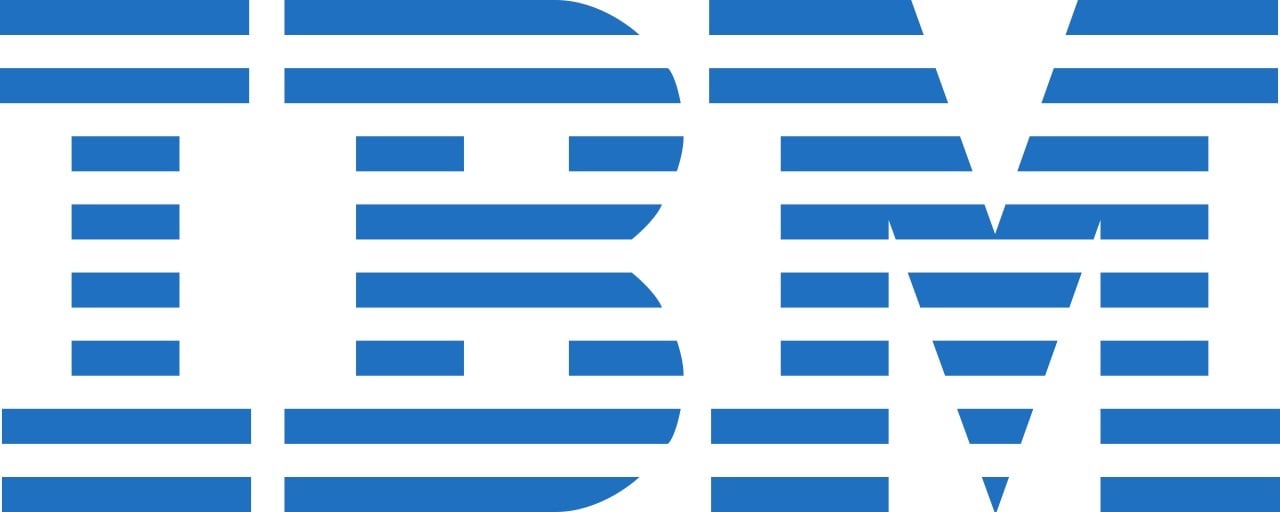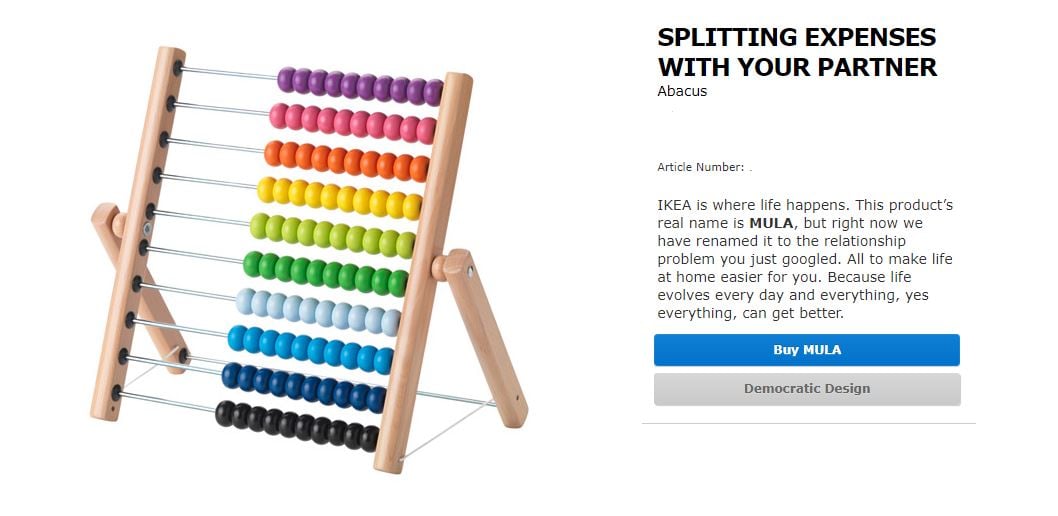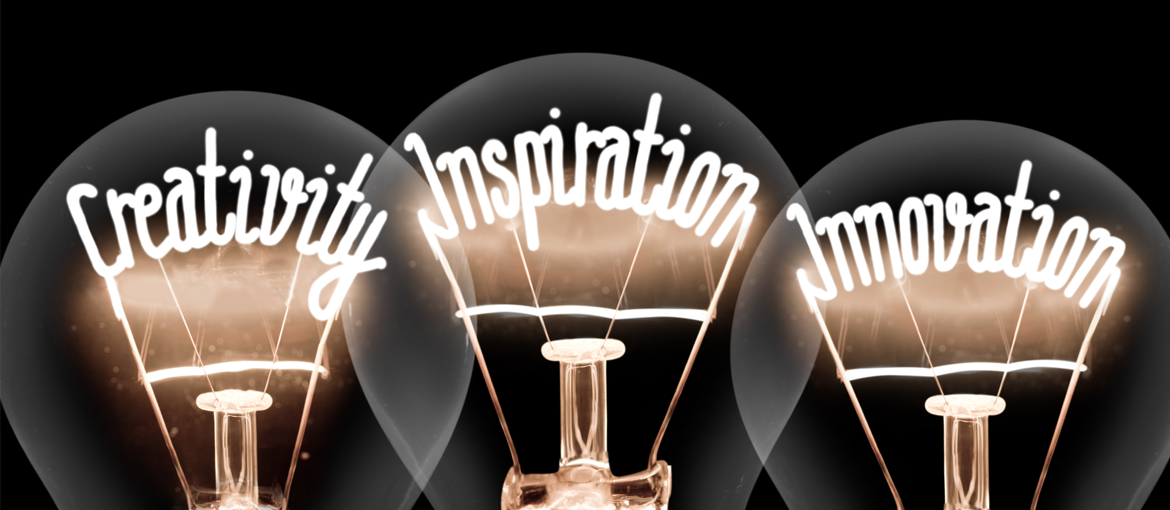Table of Contents
Naming is the process of coming up with names for brands, services, product ranges or individual products. You could jokingly say that all parents have gone through the naming process at least once in their lives! Thinking about how important our names are and how they reflect our place in society is an excellent way to grasp the importance of good naming for a product or service that is making its debut on the market. For a new product, or perhaps a start-up, it is the first step into the world of communication. And, as they say, you don’t normally get a second opportunity to make a good first impression.
So what makes a name successful?
1. Expressing an identity, character or personality.
2. Being easy to pronounce, and often short.
3. Being full of symbolism: evoking stories, sensations and emotions.
4. Being specific, but not explanatory: offering clear suggestions, but not a simple description.
Let’s have a look at some examples, some perfectly aligned with these guiding principles, others with slightly different characteristics:
Eataly: this name, stemming, of course, from the words ‘eat’ and ‘Italy’, has all the characteristics listed above: it forges an identity, sounds good, and is symbolic and specific, without describing the project too precisely.
Quattro Salti in Padella: this is a well-known Italian food brand, literally meaning ‘four leaps in the pan’, i.e. stir-frying. It is so musical it almost feels like a nursery rhyme, meaning its length did not prevent it from being successful.
IBM: an acronym of International Business Machines. Creating names like this, using initials and acronyms, is a process that requires special care nowadays. We’ll explore why later on.

Creating a successful name
In today’s world, jam-packed with products and services, having a memorable, engaging and interesting name is even more important than it was in the past. If you’re currently thinking about how to name your next product, we’ve got some advice for you:
1. Analyse the market
Those who seek tend to find. Before coming up with any name, get an idea of the competition. Carefully assess the names used by your competitors in the sector and highlight the most interesting and original ones, as well as the names of the most popular products.
2. Connect, associate and combine
Once you have an idea of the names you’re competing with, it’s time for the truly creative phase to begin. To get started, it may be useful to make some associations – how do you think the name Eataly came about? The world of food (‘Eat’) was combined with the idea of something Italian (‘Italy’). This connection is particularly effective because it is easy on the ear and simple to pronounce, recalling the word ‘Italy’.
3. Set language free (within reason)

Language provides a laboratory in which you can experiment, invent neologisms and play with words. But freedom without rules can lead to a sense of confusion and mental block. A few guidelines may therefore be useful:
Replacing, adding or removing a letter
You can change a letter in a word, add a new one or take one away to create original and vivid neologisms. Personally, I suggest only making one change to the original term you started with at a time. The blog name Pennamontata is an example of this, where the ‘a’ of ‘pannamontata’ (meaning ‘whipped cream’) has been replaced by an ‘e’ (for the word ‘penna’, meaning ‘pen’).
Fusing words together (crasis)
Combining and mixing two words can be an excellent technique. But if you choose this approach, as taken, for example, by Italy’s national airline Alitalia – Ali (meaning ‘wings’) + Italia (‘Italy’) – pay attention to the musicality of the result. A good rule to follow is that the final part of the first word should coincide with the initial part of the second. For example, in the name Pinterest the words Pin and Interest share the ‘In’ section, with excellent results.
4.Not just neologisms
Sometimes you can find a ready-made name by fishing it out of new, unexpected waters – in other words, by drawing on the world of metaphors! Ask yourself how it is that a product has a certain feature, and let your mind wander far and wide. Is this glass really strong? How strong? As strong as a gorilla? Job done: Gorilla Glass. The same goes for Yoga, a laptop with a much more flexible monitor than average.
5. Acronyms – making something of a comeback online

Acronyms – like IBM – do not work very well nowadays, because they aren’t immediate or expressive and they have to be explained. Essentially, they are the antithesis of what works in the digital age. Having said that:
• Acronyms can work when the final result is a meaningful, or almost meaningful, word. And if the word is particularly evocative, then Bob’s your uncle. One example of this is Mambo, the Museo di Arte Moderna di BOlogna (Bologna Museum of Modern Art). It’s an excellent name, with personality and the potential to evoke many different meanings.
• Sometimes acronyms can be a way to create new words, which are still unused and available as domain names. In the world we live in, this is of crucial importance.
6. Perception is more important than meaning
Different words have different sounds, shapes, colours and temperatures. An M sounds welcoming, A communicates calm and O signifies completeness. An I is colder than an E. Consonants like R and T suggest toughness, and therefore are best avoided where possible in a name that aims to evoke comfort and sweetness. In addition, you may not be aware that many people see vowels in different colours (synaesthesia).
7. One name leads to another
The best names arise when you have plenty to choose from. It’s better to have ten names too many than ten too few, because every name written down can give rise to others. Scribble plenty down, even if you’re busy doing something else. Go wild, make associations, and encourage your subconscious to play a role in the creative process. Have fun. At some point you will have to make a decision, but first of all you need to come up with some options.
8. Naming and domain names: Ikea
Given that digital is king, if a company wants to make a name for itself on the market it is almost essential that its name and web address match totally, as this generally makes it much easier for potential users to find it online. The main consequence of this requirement is that it makes naming more of a challenge: before the advent of digital it was enough to ensure the name was not already being used by other companies in the same or adjoining sectors, but now you also need to check that the domain name is available, which undoubtedly makes the whole process a little more complicated.

And the digitalisation of naming is also altering the creative aspect of the job. While on the one hand the need to find royalty-free domain names can push companies to increase the symbolism of the name they are creating, on the other hand there is also a certain tendency to create more explanatory and descriptive names, which until a few years ago would never have been considered. The idea is that the name can, at least in part, correspond to a real search term used by potential customers.
Want some examples?
- https://foodandtravel.com/
- https://www.booking.com
- https://coolmaterial.com/
In each of these names, the descriptive component clearly dominates the evocative and emotional side. But what the names lose in expressiveness, they gain in web traffic thanks to the use of words that correspond to actual search terms.
However, this trend, which risks the final result falling a little flat, can also be transformed into something much more exciting. On the website Ikearetailtherapy.com the names of classic IKEA products have been given tongue-in-cheek new monikers based on real keywords from users. A sofa, for example, has been renamed My Partner Snores, an abacus has become Splitting Expenses with your Partner, and a blackboard for the home is now labelled He Can’t Say He Loves Me.
This advertising campaign was a great success because it showed IKEA’s empathy with its customers: in self-deprecating, ironic fashion, the company put itself in the shoes of the people with whom it was communicating, and demonstrated that it is not about furniture, but about real life, made up of everyday truths, both big and small. And it provides plenty of inspiration to boot.
Naming: conclusion
You could say that the most important rule is that there are no real rules, only guiding principles. As we’ve seen, for example, acronyms like IBM theoretically no longer work, but in practice they sometimes do. Brevity is key, but Quattro Salti in Padella is remembered by everyone in Italy. Overly explanatory names sound cold and cliched, but the experience of Ikea proves you can also succeed with this approach.
I hope you have found this article useful. Good luck coming up with your next name!

